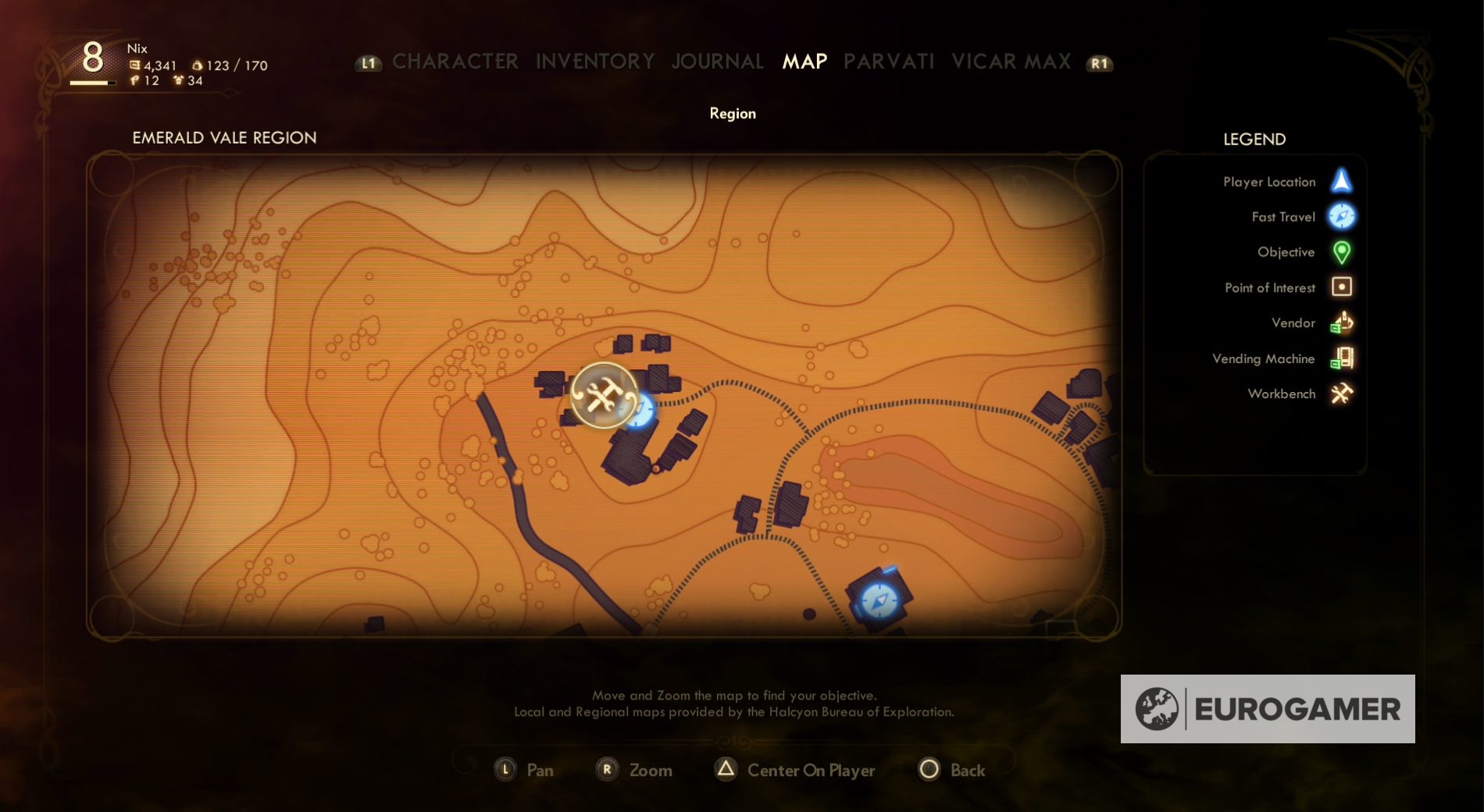

Current technology allows for viable electricity generation from temperatures as low as 120☌ (~250☏), but the much greater energy density at higher temperatures and depth holds even more promise and motivation for advancing the field of geothermal generation. This illustrates the immense amount of untapped energy that continually flows out of the Earth. Temperature at 6.5 km (~21,000 feet) below the surface of the conterminous United States. In some areas, this temperature is only a few kilometers below the surface.įigure 2. Figure 2 shows that this temperature is present across all of Texas at 6.5 km (~21,000 ft) depth (well within current oil and gas drilling depths).

Current technology can generate economically viable electricity off temperatures of around 120☌ (~250☏), with emerging work pushing that temperature limit below 100☌ (~210☏). Engineering advances allow for accessing this heat anywhere in the crust. These conventional geothermal resources are generally located in the western United States and other tectonically active areas of the world such as the Pacific “ring of fire”. Traditionally, this heat was only able to be exploited where nature concentrates the resource-shallow magma bodies or deep fluid circulation in the crust. Thousands of time the energy needs of the world is stored in the upper 10 km of the Earth’s crust, waiting to be tapped. $ TeraWatts of energy flow continuously through the Earth’s crust and into space, but even more significant is that crustal rock is a great heat reservoir. Vast amounts of geothermal energy are stored in the crust of the Earth, renewed constantly by the heat flowing from the 6,000☌ (~11,000☏) core. We are part of a major Department of Energy project to spur innovation in geothermal technology and are applying new analytic approaches, including big data and machine learning, to significantly improve our knowledge of the resource in Texas, the United States, and beyond. The Bureau is on the forefront of the resurgence of geothermal-resources innovation, exploration, and assessment. Geothermal Assessment of the 100 largest cities in the world Texas Geothermal Institute feasibility (independent, multi-institution research organization) Heating for Cornell University campus (sub) Geothermal Projects and Major Proposals at the Bureau Funder Unlike conventional geothermal energy generation, which must be located where nature concentrates heat (i.e., shallow magma bodies), the new paradigm will enable drilling almost anywhere to reach deep enough to get to sufficiently high temperatures (credit Jamie Beard, InnerSpace). The deep, closed-loop geothermal energy generation concept. 1), in combination with conventional hydrothermal systems hold the promise of making geothermal energy available anywhere, dramatically improving the global energy picture.įigure 1. The Bureau of Economic Geology has a long history of working on geothermal energy research, from initial reconnaissance of conventional geothermal resources and analysis of development potential in Texas in the 1970’s to present-day work on applying the new paradigm of deep closed-loop systems. Geothermal energy clean, baseload electricity generated off the heat of the Earth, has been a small part of the US and world energy picture for a hundred years – that is changing now! The Bureau, with deep expertise in N-dimensional sub-surface characterization, is working to advance the science behind geothermal resource exploration and assessment, as well as working with industry and the engineering sciences to tap this energy source. Texas Consortium for Computational Seismology (TCCS).

State of Texas Advanced Resource Recovery (STARR).Reservoir Characterization Research Laboratory (RCRL).Mudrock Systems Research Laboratory (MSRL).Fracture Research and Application Consortium (FRAC).

Center for Injection and Seismicity Research (CISR).Geological Sequestration of Greenhouse Gases.


 0 kommentar(er)
0 kommentar(er)
